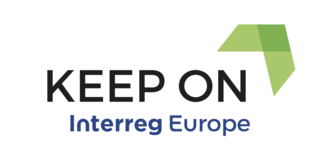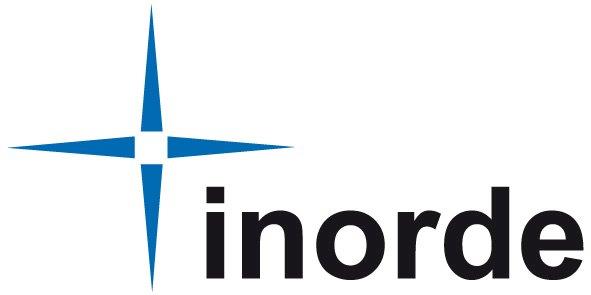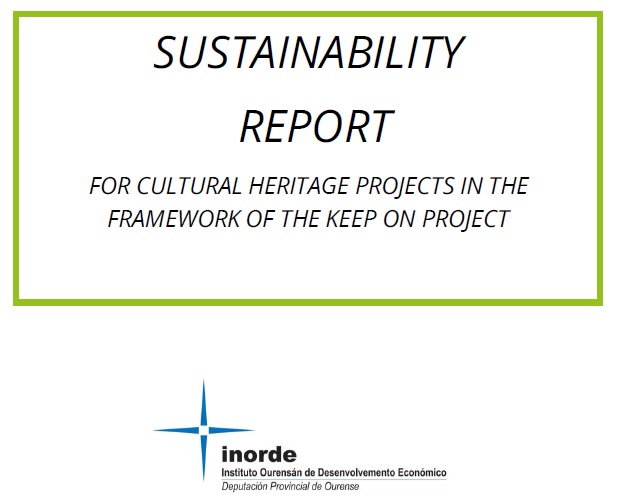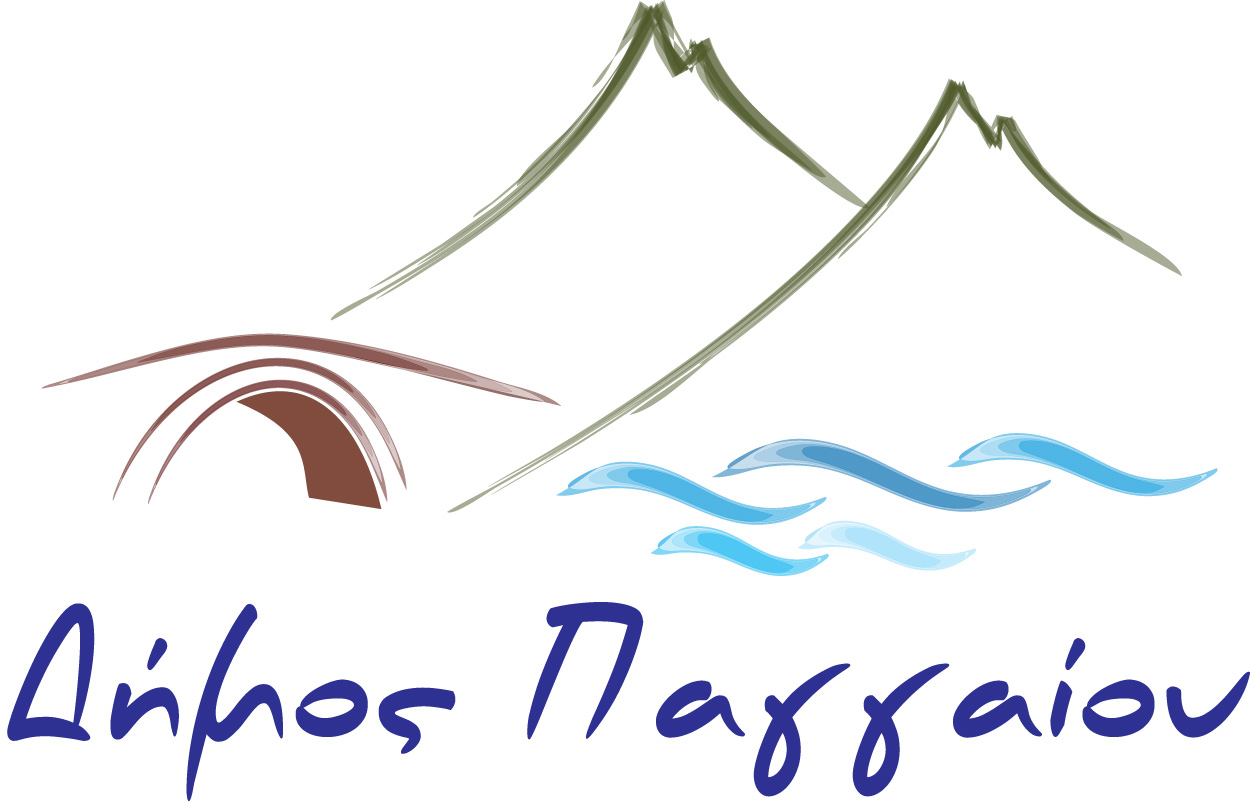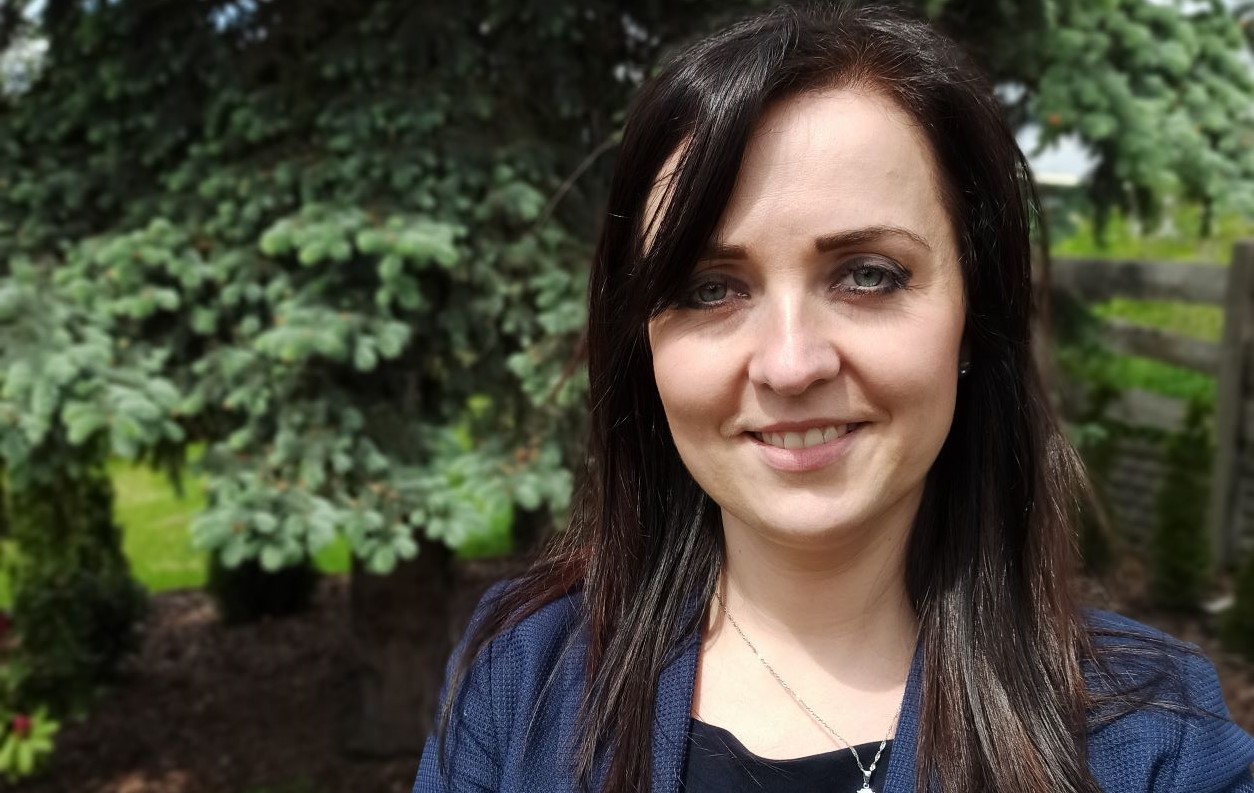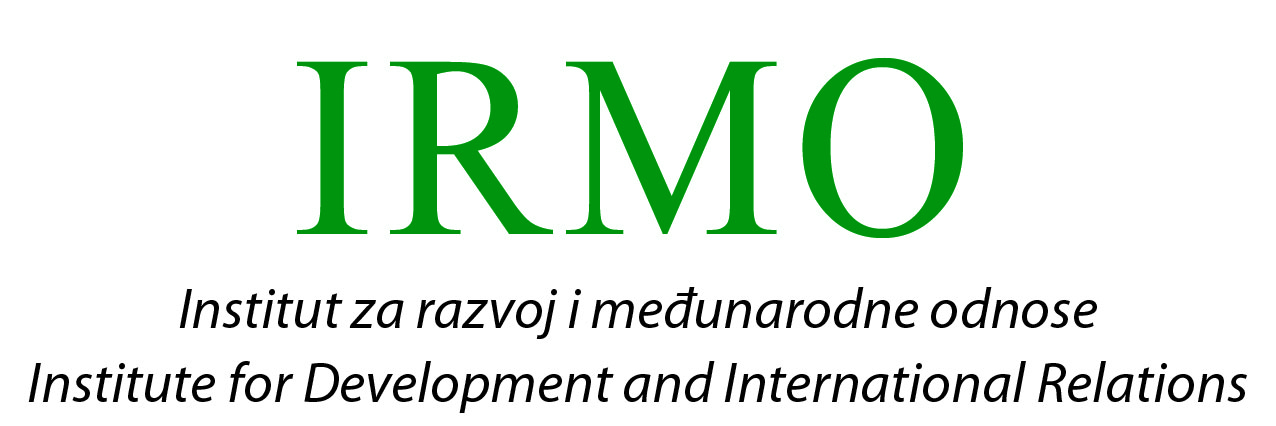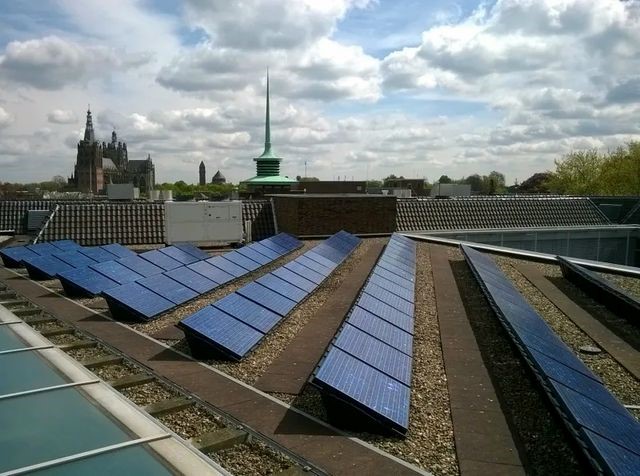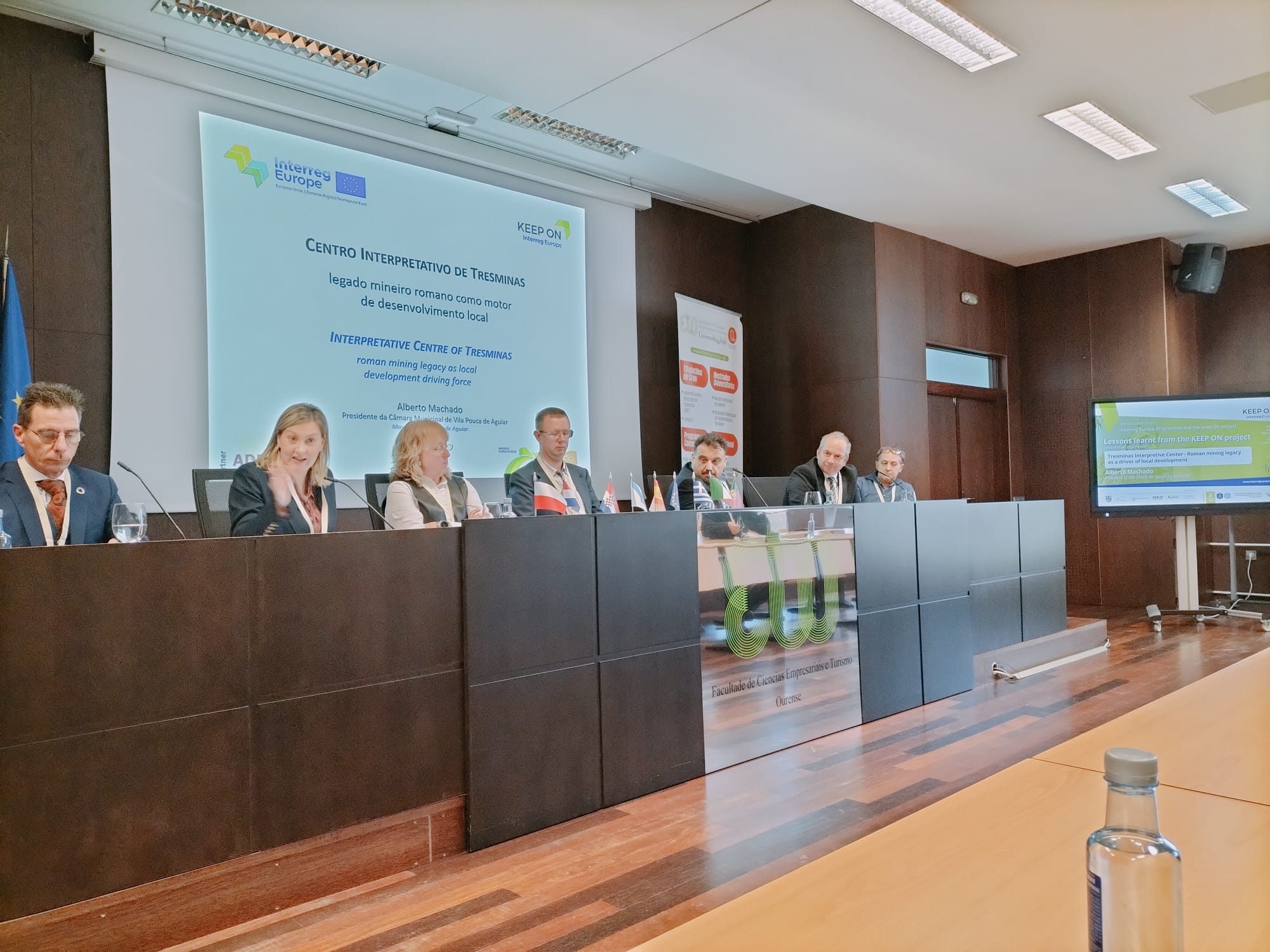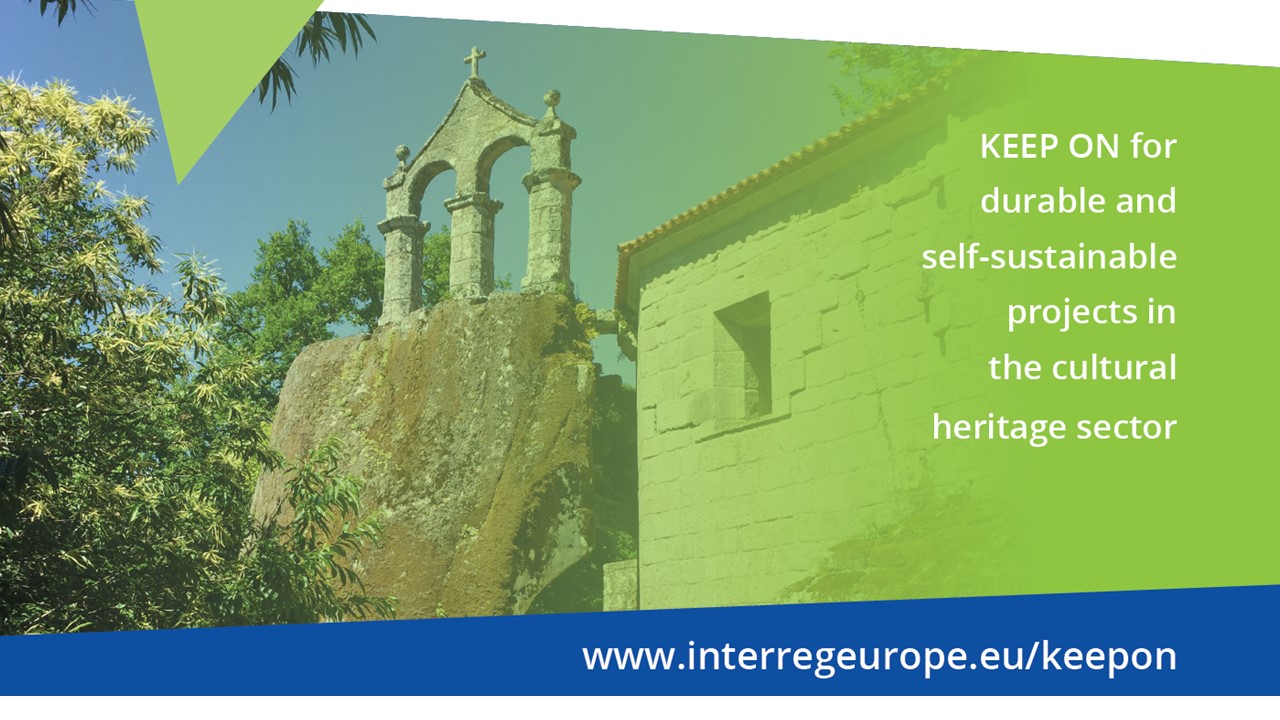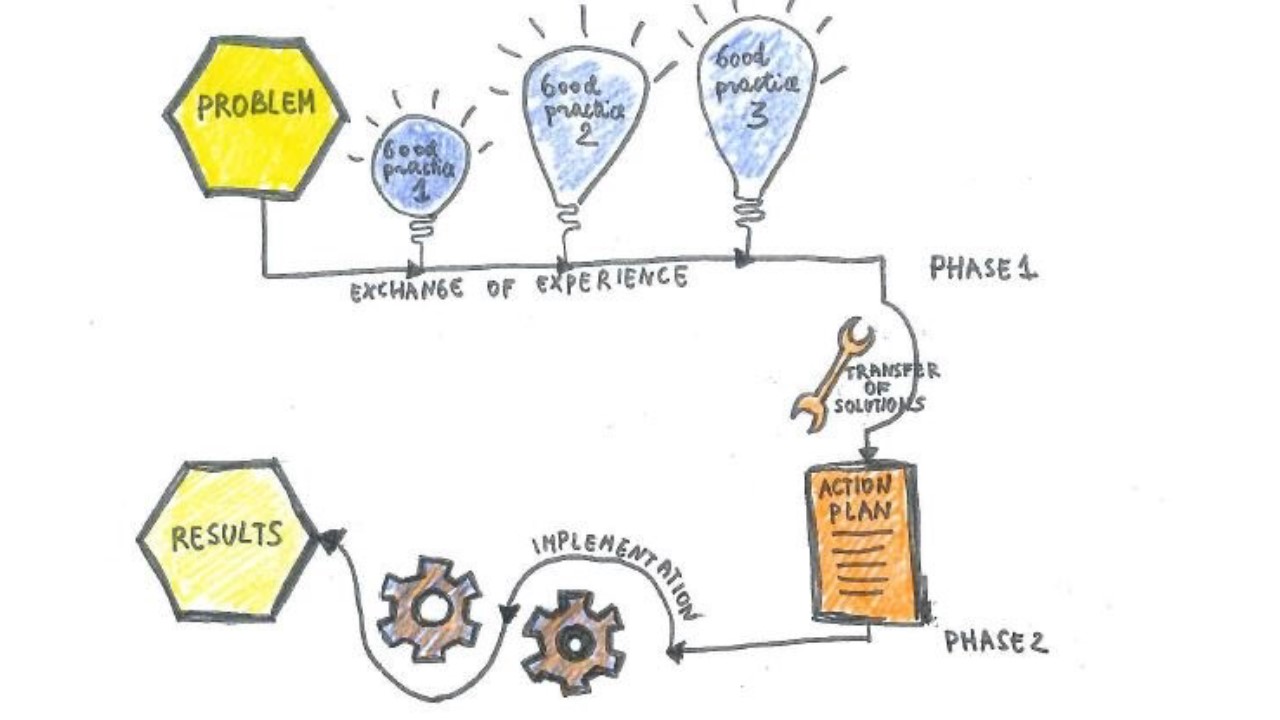On October 28th the Municipality of ‘s-Hertogenbosch organised a meeting with local stakeholders.
For the afternoon programme, was used the technical equipment of the “Den Bosch Data Week”, allowing to live-stream the dissemination of the Practical Guide and the Consultation of our Action Plan.
The Dutch version of the Practical Guide was distributed in May 2020. For this live-streamed meeting, were selected 2 Good Practices (visited during the partner meetings). The 3rd example came straight from the Practical Guide (and some online research).
1. The Asti Museum Foundation: levelling of surplus and deficit in the management of various public monuments.
2. Parador de Santo Estevo – when tourism and heritage come together: anticipating future multifunctional use resulting in a smart transformation of a listed building.
3. Ex ante evaluation of the heritage planning documents as a tool for sustainability – Historic town centre of Buzet (Croatia).
The participants were a bit jealous of what the partner had seen in the Parador and in Asti. They cannot wait to go there themselves after the Covid19 pandemic.
As the cultural heritage policy document ‘Rich past – promising future’ will last until 2029, the Action Plan should be regarded as an add-on. It enables the municipality to set additional targets in multiple domains. The results of the implementation and monitoring during Phase 2 of the KEEP ON project will be regarded as a prelude to future policy.
We have learned from the KEEP ON project partners that it is of the utmost importance to be open-minded, creative, and flexible when it comes to adaptive re-use of heritage buildings. In future, before we start a new restauration project, we will take more time to assess the development project proposal. Does the proposal include enough aspects of sustainability? Is it really future proof? And as budgets for cultural heritage projects are shrinking, we have to convince all stakeholders that money is spend in a sustainable way.
The Action Plan ‘Keeping the right balance’ aims at reinforcing our cultural heritage policy. Together with the stakeholders were selected the key objectives for the sustainability and durability of cultural heritage projects for the next period, based on the identified problems and needs that were observed in the previous period, as well as new knowledge and new achievements.

